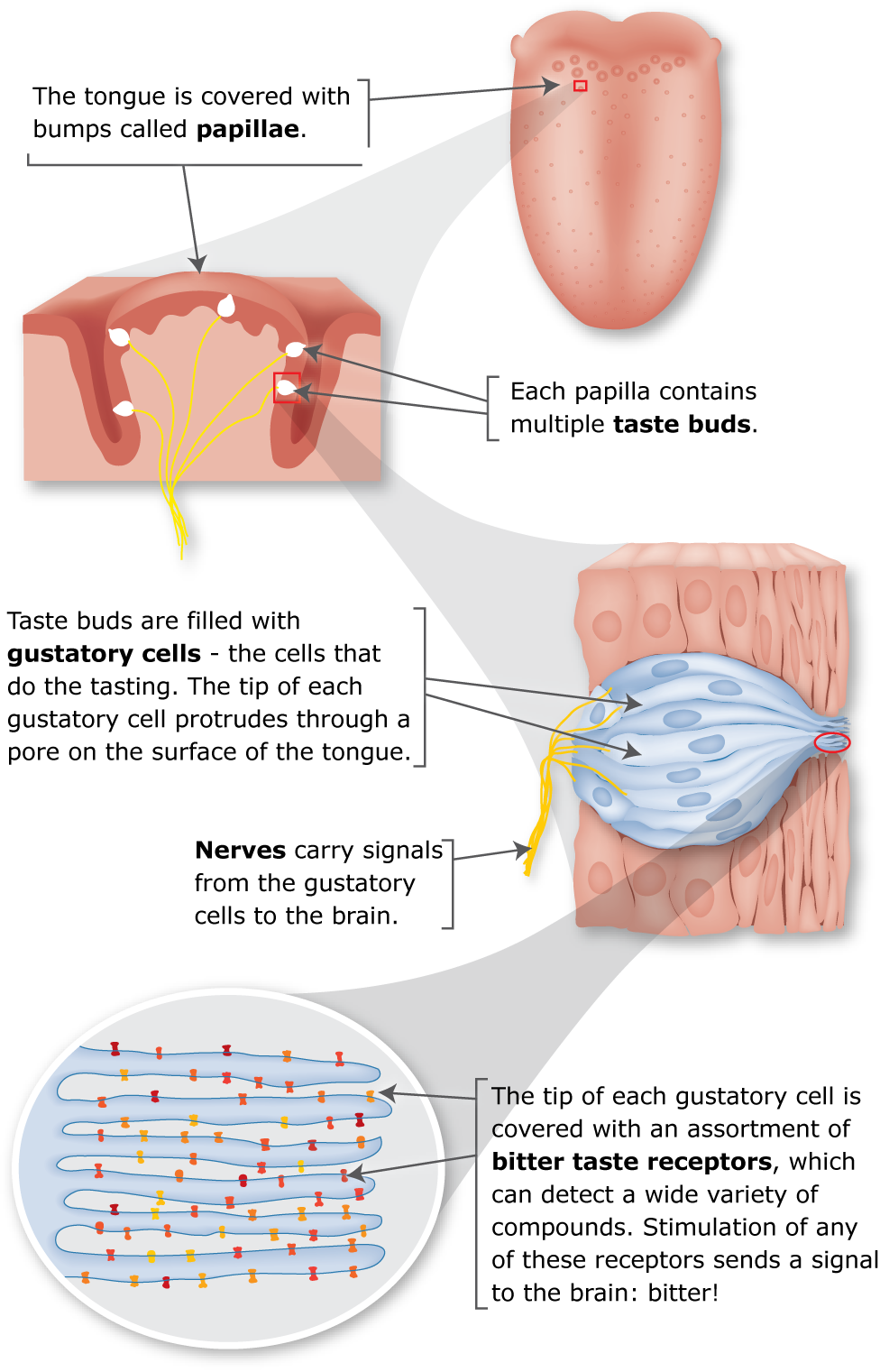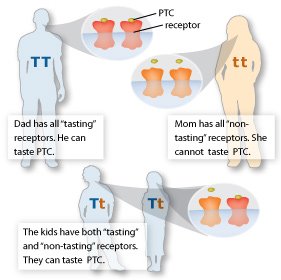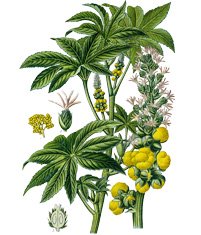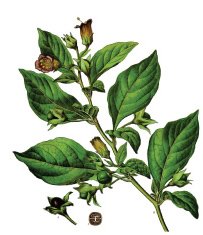In 1931, a chemist named Arthur Fox was pouring some powdered PTC into a bottle. When some of the powder accidentally blew into the air, a colleague standing nearby complained that the dust tasted bitter. Fox tasted nothing at all. Curious how they could be tasting the chemical differently, they tasted it again. The results were the same. Fox had his friends and family try the chemical then describe how it tasted. Some people tasted nothing. Some found it intensely bitter, and still others thought it tasted only slightly bitter.

Dark chocolate and coffee are common bitter tasting foods.

PTC paper is used to test whether a person is a "taster", "non-taster", or somewhere in between.
The ratio of tasters to non-tasters varies between populations, but every group has some tasters and some non-tasters. On average, 75% of people can taste PTC, while 25% cannot.








